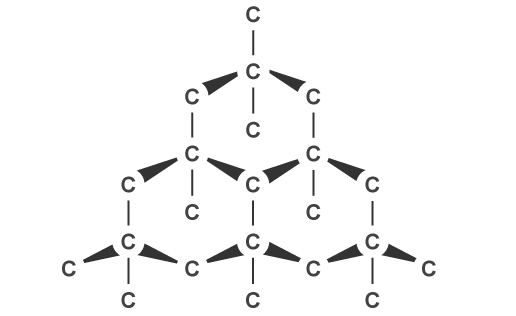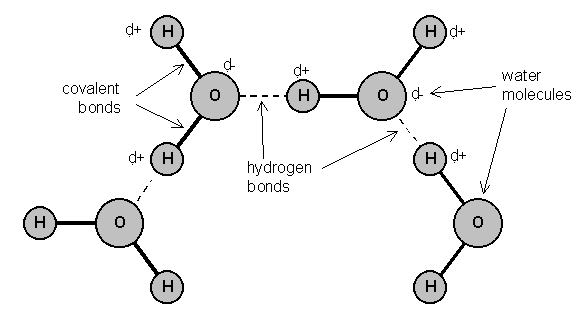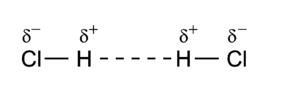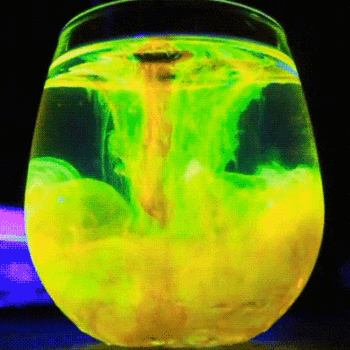How would you compare the strengths between ionic bonds, covalent bonds, hydrogen bonds, and van der Waals forces?
1 Answer
In relation to each other, covalent bonds are the strongest, followed by ionic, hydrogen bond, Dipole-Dipole Interactions and Van der Waals forces (Dispersion Forces).
Explanation:
Covalent Bonds :
These bonds are the strongest out of the list. These are referred to as intramolecular bonds, whilst the rest are referred to as intermolecular forces.
-
Covalent bonds are the bonds between atoms created when the atoms share electrons. These bonds create such stability in the atoms, that they tend to be difficult to break, subsequently making them very strong.
-
For example, diamonds are very strong, hard and have a extremely high melting point due to the the structure of the covalent network and the distribution of the shared electrons between the carbon atoms (covalent bond).

Ionic Bonds:
These bonds are the second strongest out of the list. These occur due to:
-
Positive and negative ions attracting one another and binding together forming a new substance. This is called ionic bonding.
-
For example, sodium chloride consists of Na+ ions and Cl- ions bound together.
-
These are strong and kept together by the electro-static attraction between the negative and positively charged ions.
Hydrogen bonds are not accually bonds, and are accually a specific type of dipole-dipole interaction. They are stronger than common dipole-dipole They occur due to:
-
Molecules having a permanent net dipole (difference in electronegativity) from hydrogen being covalently bonded to either fluorine, oxygen or nitrogen.
-
For example, hydrogen bonds operate between water, ammonia and hydrogen fluoride.

Dipole-Dipole Interactions:
I added this to the explanation even thought it wasn't in the question as i thought it is a very important force in chemistry. Dipole-Dipole Interactions are stronger than Dispersion forces. They occur due to:
-
Dipole-Dipole forces form when there is a large difference in electronegativity between two atoms joined by a covalent bond. The atoms share the electrons unequally.
-
The more electronegative atom pulls the shared electrons toward itself. That means that one atom has a partial negative charge, and the other atom has a partial negative charge.
-
For example, H-Cl has a dipole due to the difference in electronegativity between the hydrogen atom and chlorine atom. The electrons spend more of their time near the Cl atom.
-
A dipole-dipole interaction is the attraction between two polar molecules. When they approach each other, the negative end one molecule attracts the positive end of the other.

Dispersion forces (Van der Waals forces):
Dispersion forces are very weak forces of attraction. They occur due to:
-
Momentary dipoles occurring due to uneven electron distributions in neighbouring molecules as they approach one another.
-
The weak residual attraction of the nuclei in one molecule for the electrons in a neighbouring molecule.
-
The more electrons that are present in the molecule, the stronger the dispersion forces will be.
-
Dispersion forces are the only forces in non-polar molecules.

